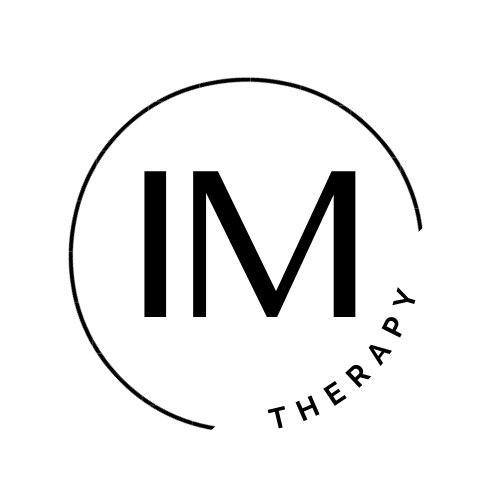As you know, SLPs provide a multitude of services in many settings and across the lifespan. In addition to diagnosing and treating communication disorders, some SLPs are adept at diagnosing and treating feeding and swallowing disorders. Though treatment for feeding and swallowing disorders varies greatly, there are some commonalities between the two. For instance, the ultimate goal of each therapy, without question, is to increase oral intake with the purpose of helping each patient meet his or her nutritional needs in the safest, most effective way possible. While people with feeding disorders generally require more of a focus on the sensory and/or psycho behavioral aspects of eating, those with swallowing disorders typically require a greater focus on the sensory and/or motor aspects of food and liquid consumption.
For those with feeding disorders the general goal is to increase food acceptance. Sometimes patients present with limited variety in their diets. Due to previous experiences and or very limited exposure to various food types they may avoid eating certain foods. For instance, the person with a feeding disorder may turn away when he or she sees foods that do not fit into his or her current diet. Some people with feeding disorders may only accept foods that are crunchy and salty while others may only accept foods that are presented at room temperature.
For people with swallowing disorders, or dysphagia, the target is to reduce the risk for aspiration (the entry of food or fluids into the airway) while maximizing oral consumption of food and liquid. Oftentimes, there is a mechanical issue that is interfering with the preparation and/or actual swallowing of food or fluid. As a result of decreased or inefficient management of foods, the person with dysphagia, among other things, may present with coughing or choking during mealtime.
As stated, therapy for each disorder and each patient differs because the ultimate goals differ. As above, a patient with a feeding disorder may present with sensory issues that are impacting his or her acceptance of foods. Simply put, the patient undergoes a controlled introduction or re-introduction to non-preferred foods. There may also be activities utilized by the SLP to help ease into the food introduction. Conversely, the patient with dysphagia generally receives targeted intervention to increase his or her potential to safely prepare and consume food items. With both types of therapy, there should be close communication between all involved in the patient’s care, e.g., family; physicians; dietitian.
For more information on this and other topics, please view our other blog posts like the one we posted on July 19, 2016 titled “The SLP, Feeding, and Swallowing.” Also, if you or someone you know needs the services of a licensed and certified speech-language pathologist, please be sure to discuss your concerns with a physician, a speech-language pathologist, or another qualified provider. You can also find a provider through the ASHA ProFind service or visit us at www.bilingualspeech.org for more information. NOTE: This article is intended only as a general source of information, i.e, it is not intended to replace information given to you by a qualified health professional that is familiar with your particular circumstances. Lastly, if you have an urgent medical need, please seek immediate medical attention.

